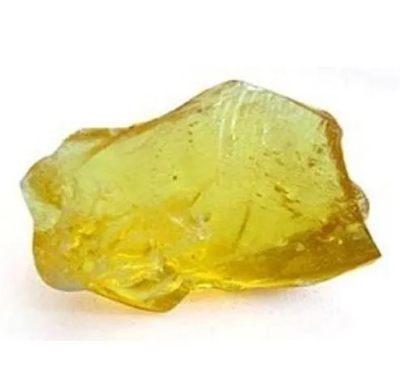Titanium Dioxide
|
IUPAC Name |
: Dioxotitanium |
|
Cas Number |
: 13463-67-7 |
|
HS Code |
: 3206.11.10 |
|
Formula |
: TiO2 |
Basic Info
|
Appearance Name |
: White Powder |
|
Common Names |
: Titania; Rutile; Anatase |
|
Packaging |
: 25 Kg PP/PE Bags |


---india.webp)

---china.webp)
.webp)
 English
English
 Indonesian
Indonesian
 简体字
简体字
 العربية
العربية
 Español
Español
 Français
Français
 Português
Português
 日本語
日本語
 한국어
한국어
 Tiếng Việt
Tiếng Việt
